How to make a do-it-yourself bending machine?
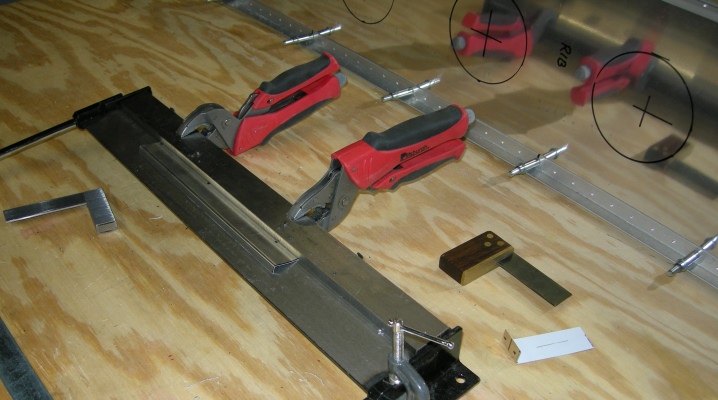
The bending machine, along with the pipe and rod bending machine, is a useful device in everyday life and in construction services. Often at metal depots they offer a service for bending sheet metal - for a fee. You can pay for one or more sheets to be bent - but when building a house on your own, you need your own sheet bending machine.
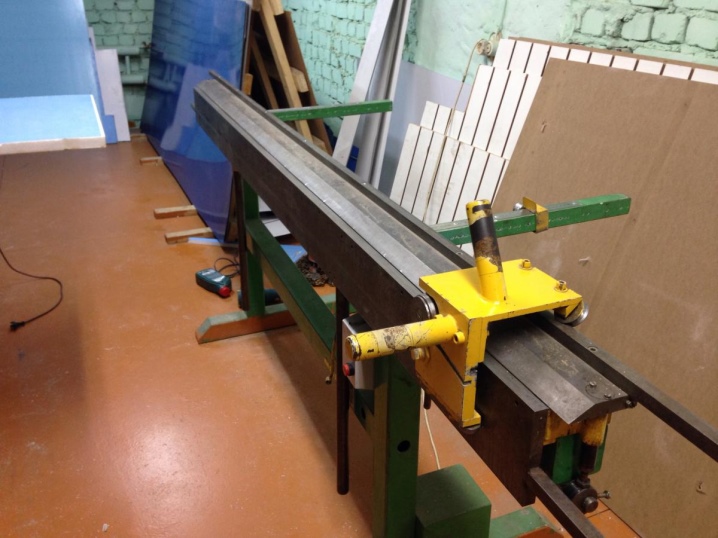
Bending machine device
Before making a listogib, decide what thickness and structure, as well as how many sheets you need to bend, how exactly they will bend. This will allow you to select the scheme according to which the device will be produced. The simplest mechanism allows you to bend sheet steel by means of a traverse... This device will easily bend a sheet with a width of no more than half a meter, 90 degrees, using only the strength of the master's hands. The sheet metal is fixed in the machine using a clamp or a small vice. Bending in the selected place is carried out by pressing the traverse on it.
To get a right angle of bend, you need a special insert in the form of a strip of metal or alloy, which adds elasticity to the bendable sheet.
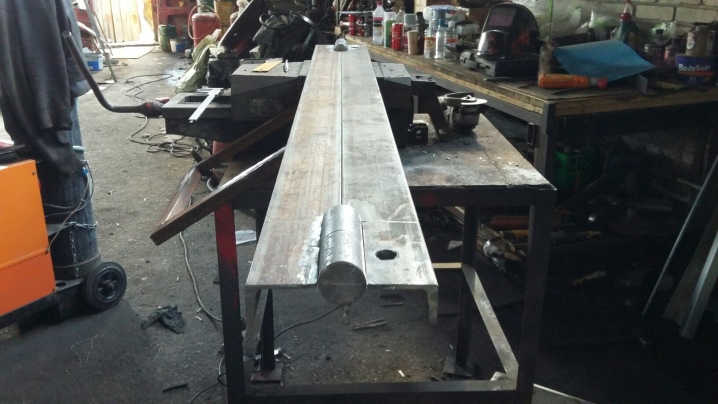
Complicated device - press brake with mesh and punch as an actuator. A sheet of metal or alloy is placed on a curved or straightened die, and a punch (bending wedge) is pressed against the sheet being bent, giving it the desired fold pattern. Such a machine is more often used in the metalworking industry, where bending of sheet metal is put on stream.
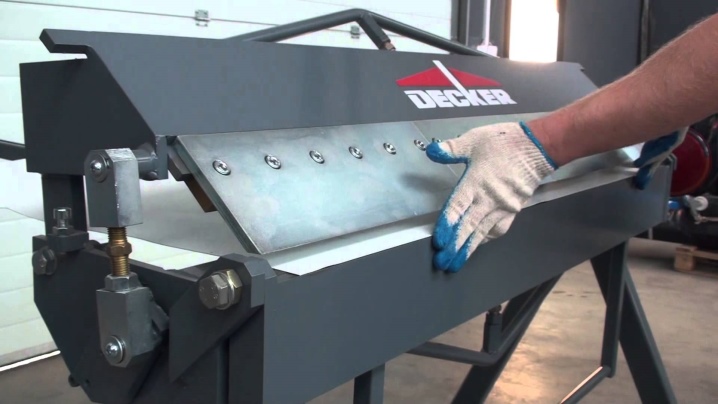
Homemade bending machines at home, they can also work with a hydraulic mechanism, the role of which is played, for example, by a jack.
For such a machine, at least two identical jacks are required.
In addition, their work must be synchronized, which is an additional complexity compared, for example, with rebar and tube benders.
Professional bending machines are made on the basis of a three-shaft mechanism. In these, a sheet of metal passes through steerable shafts. As a result, the bending radius of the sheet takes on different values for different approaches.
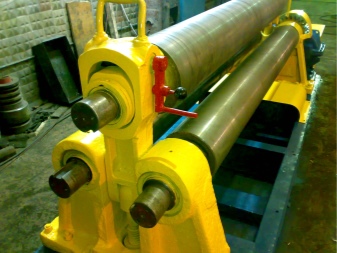
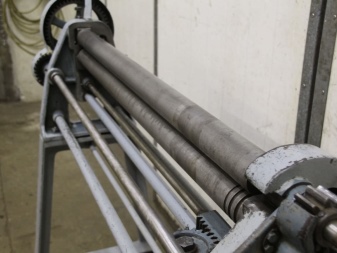
A special place is occupied by electromagnetic bending machines... But it is difficult to make such a bending machine on your own. Its positive qualities are small dimensions, silent process of sheet folding, high speed. Such a bending machine works due to the electromagnetic field created between the bending surface and the matrix. The flexor is loosely fixed with a spring, and the die itself is placed underneath. The mechanism adjusts to the shape of the folded sheet. An electromagnet is placed under the flexor (or in it), to which a rectified mains voltage is supplied.
The matrix is attracted to the flexor, and that instantly bends the inserted workpiece. Such a device may also have a sector bending machine, which makes it possible to make multilevel (compound) flanges.
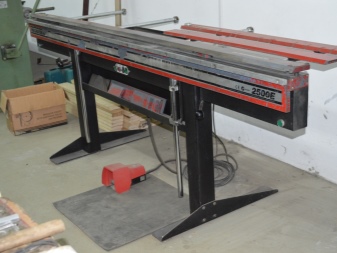
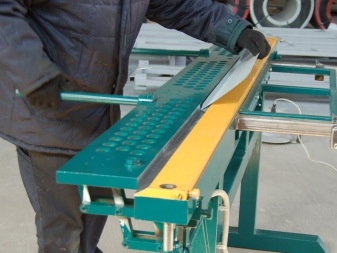
Shaft bending machine it is used, for example, in the manufacture of single-wall chimneys, where a pipe with a round or oval cross-section has ideal dimensions. If the shaft mechanism has a certain profile, then it is good for the manufacture of roof gutters located around the perimeter.
If necessary, the shaft bending machine is equipped with additional bending rolls, allowing, for example, to obtain stepped or corrugated iron from a flat sheet.
Shaft machines are often equipped with a knife, which makes it possible to cut the sheet near the bending point.
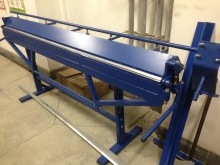
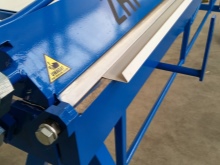
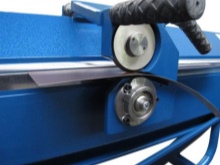
For a manual bending machine, the working resource is most often chosen within the following limits:
- number of sheets - not less than 1400;
- sheet width - no more than 2 m;
- fold angle - up to 130 degrees.
A larger resource is used not for home work, but for custom work.
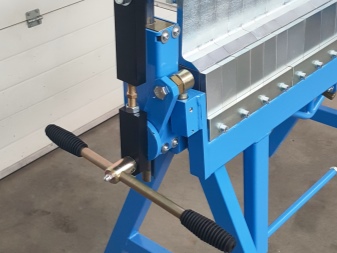

Preparation of materials and tools
For the manufacture of a listogib, you cannot do without the following tools and consumables for them:
- electric drill and a set of drills of various diameters;
- Bulgarian, as well as cutting and grinding discs for it;
- welding machine and a set of electrodes;
- vice for a workbench, a set of clamps;
- hand tool set (hammer, sledgehammer, pliers, center punch, chisel file).
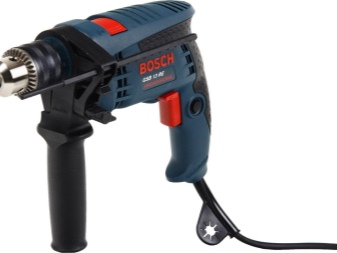
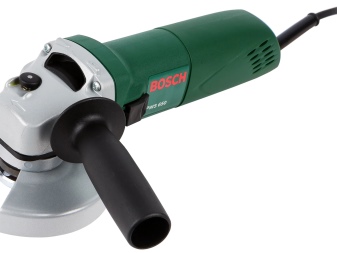


To connect the tool, if there is no outlet located near the work site in the yard, an extension reel of the required length is required.
As consumables you need:
- corner profile made of thick-walled steel;
- bolts, nuts and washers (you can use growers);
- channel (U-shaped profile with partially sharpened edges);
- the rule (if it is used as a trigger element);
- reinforcing bar (reinforcement with a smooth surface is acceptable);
- set of ball bearings (if the mechanism provides for their use).
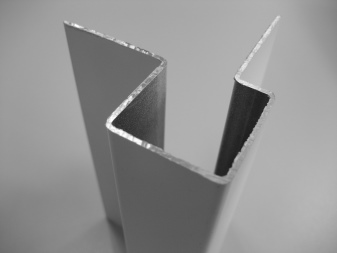
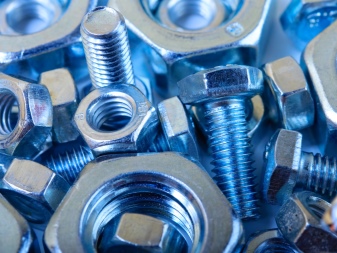
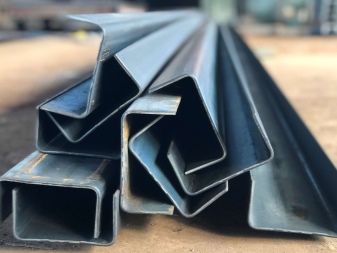
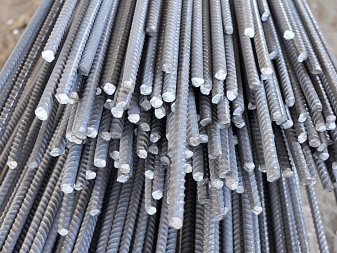
Having prepared the necessary electrical appliances, consumables and materials, you can start making a listogib machine.
Step-by-step manufacturing instructions
Three types of bending machines - manual, shaft and hydraulic - imply several specific drawings. Let's start with a corner (T-shaped) one.
From the corner
One or two corners as a base is the most common design. This requires a large flat area (workbench). Ideally, if its tabletop is upholstered with a thicker metal sheet.than the one whose sheet you want to bend.
The corner must be at least 4.5 cm wide and at least 3 mm thick.... When bending longer (one meter or more) sheets, thicker and wider corners will be required; T-shaped ferrous metal (T-shaped, double corner) will also do.
Prepare two steel door hinges, 10-20mm bolts and nuts, and springs. It is advisable to use butterfly hinges, in which a countersunk screw head is provided - their design is reinforced and will withstand significant overload.
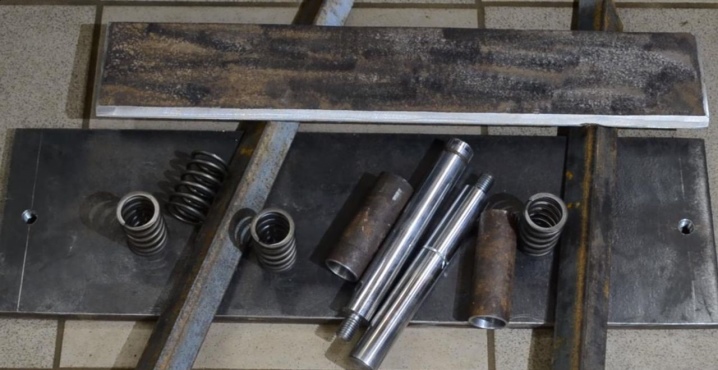
Do the following.
- Fold the two T-profiles together. At both ends, cut out recesses for the hinges on them. Cut the edge of each notch at a 45-degree angle.
- File the third T-profile in the same way, leaving the notch in it more recessed. Such a notch is necessary for pressing the folded sheets, and moves without effort.
- Weld the hinges on both sides - from the front and back. Make sure the welds are straight and solid - the loop should not come off.
- On one of the brands that is far from you at the moment, weld two bevels on each side. These will help secure the hold-down bolt in place.
- Weld the bolt nuts to the bevels.
- Lock the clamping bar (T-bar with cut side).
- Weld steel plates on top with a hole in the middle of each. The bolt should fit easily into the hole.
- Align the holes so they line up with the nut. Weld on these plates.
- Cut off a section of the spring so that its force is sufficient to raise the clamping bar by an average of 6 mm.
- Thread the bolt into the clamping bar, put the spring on it and tighten the nut. Install the same piece of spring on the back. The pressure plate should lift by itself when the bolt is loosened.
- Weld two pieces of rebar to the head of the bolt - they will serve as a handle for tightening.
- Place plastic or wooden tube-shaped pads on the resulting handles.Old bicycle grips can also be used.


The bending machine is ready to work. The device can also be made of I-beams. The upper - pressing - I-beam is fixed from the end on the lower one with a hinge.
The second end of the I-beam is held by means of a wedge or eccentric.
From the channel
If you replace the angle or T-profile with a U-shaped channel, the service life of the bending machine will increase significantly. The main parts installed on the channel remain unchanged.
The crossbeam when using the channel will not bend prematurely. The angle, in turn, is less resistant to overloads - the slightest bend will dramatically reduce the quality of work, which is why the sheet steel will have to bend after straightening and adjusting the machine.
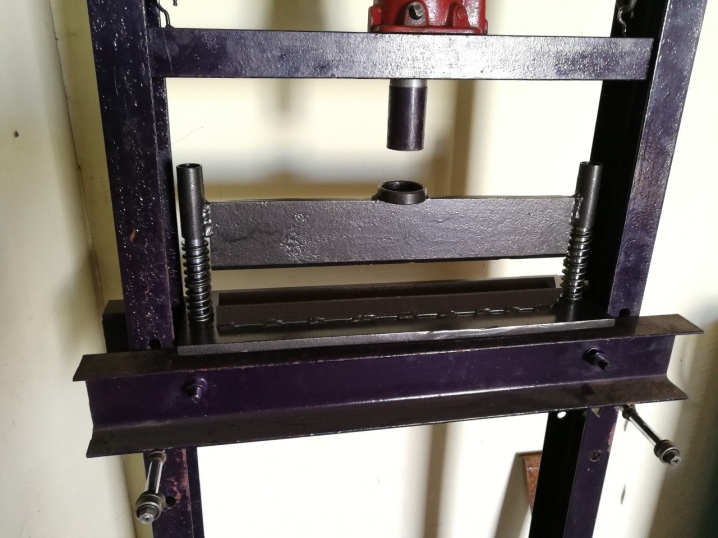
From the rule
The device for bending sheet steel on the basis of the rule differs from the angle one in that instead of the angle or "Tavra", the usual aluminum rule is used as a clamp, used in plastering work and for leveling concrete floors when screed. It practically does not deform when bending sheets up to 0.7 mm thick, however, if you exceed this limit, and also bend too short a piece of sheet, then the rule is guaranteed to become dull. It is replaceable - it is easy to replace a worn out rule with a new one.
A beam is used as a bending traverse, bending the sheet steel around the clamping axis, deforming the sheet of steel until it bends at a given angle.

Made of wood
The wooden parts of the bending machine will save you from the excessive weight of the device. The fact is that a classic angle or channel bending machine weighs 100 kg or more, which makes it impossible to move it. If a rail is used as the main structure, the mass will increase by more than 200 kg, and it will require a floor section under a canopy with a reinforced concrete coating.
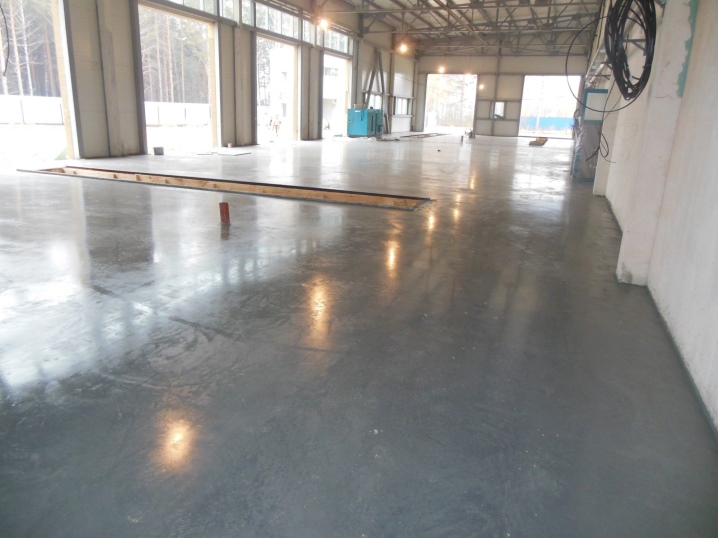
Wooden bending machine bends steel and aluminum up to 1 mm thick.
You will need hardwood, when using pine and spruce, wooden parts will immediately become blunt and deformed. Advantages of a wooden structure - no need for welding - all connections are bolted. A wooden machine is easier to make. It is suitable for bending roofing sheets and for pure tin work.
Often they improve the weight of a steel machine by using a wooden board as a pillow.
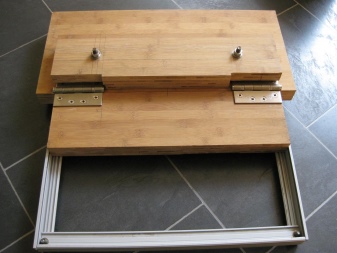
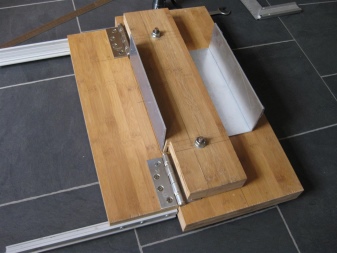
Out of the rail
Manual sheet bending machine with a rail is designed for bending steel with a thickness of more than 2 mm. Roughly speaking, they can bend thick sheets from which steel garages were built earlier. The sheet metal is clamped using a rail. The depth of feeding the sheets can be unlimited - such a machine will bend the sheet anywhere, no matter how long it is. The productivity of rail-based manual bending machines is tens of running meters of sheet per hour, which makes it possible to put the metal bending on stream.
The rail length can be up to 2.5 m.
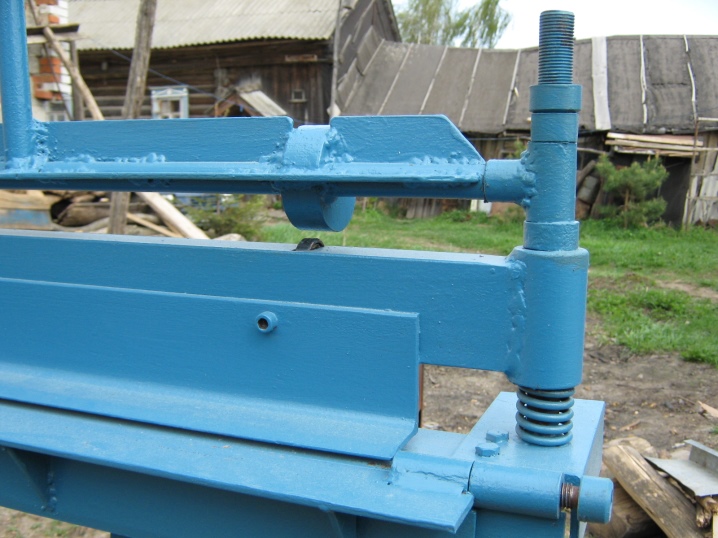
Of bearings
Roller bending machine, in contrast to loop bending, has increased accuracy. If the bearings are matched to the size of the load that falls on the bent sheets, and are well lubricated, the three-roll unit will work for at least several years, even with everyday use.
The description of the manufacturing process of such a machine is as follows.
- Drill a couple of holes in a piece of square tubular profile. They are needed for steel rods up to 8 mm in diameter.
- Weld these rods to the pipe and fit the plastic plugs. The working part of the machine is ready.
- Saw rectangular cuts in two pieces of angle steel.
- Place the corners in a vise on a workbench with spacer washers between them. Washers are used to expose a slot into which the bendable steel or aluminum sheet is placed.
- Weld 2 smooth and perfectly round pins to the corners.
- Slide the ball bearing kits onto the pins.
- Drill in the center of the corners along the hole.
- Insert into these holes the component consisting of a profile pipe and 2 rods, welded earlier.
- Attach the bushings to the rods and weld them to the corners.
- Slide ball bearings onto the ends of the rods.
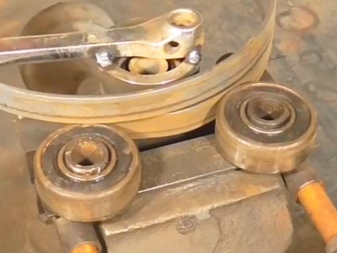
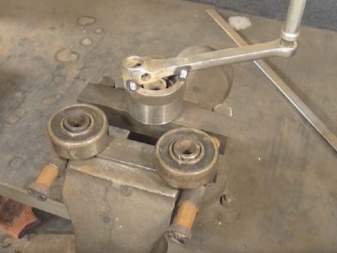
Assemble the structure and lubricate the bearings by filling them with lithol, grease or graphite grease. This unit is excellent for tinplate applications.
Useful Tips
It is recommended to paint the entire structure as it will be used in the yard and not at home. Timely painting will prevent it from rusting.
Do not use a wooden bending machine to bend sheets thicker than 1 mm. - this will lead to its rapid breakdown. It is not designed for such an effort.
On the other hand, do not use a bending machine that is too powerful for thin steel. Bending too fast will break the sheet, the result is a crack. Especially cracks destroy ordinary galvanized sheets over time. Each device is designed for a specific load.
Sometimes one worker cannot bend steel with a thickness of more than 2 mm on a powerful bending machine.... Even when the bending machine has long levers, the help of other workers may be required. On professional manual bending machines, workers bend steel sheets in two, three, or use a mechanical device with a 12-kilowatt motor. The latter option is applicable at a factory where, for example, corrugated roofing sheets, ridge corners, boxes, L-shaped strips for thresholds and several other types of products are made from strips of finished sheet steel.
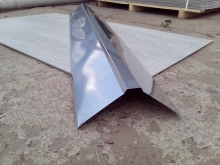


A well-made listogib will not scratch even paint or galvanized steel sheet, bending it. To avoid scratches and abrasions on such a coating, insert the sheets into the bending machine very carefully.
Any listogib is subject to gradual wear, even if it is super-strong and super-quality. Moving, rubbing turning parts (hinges, bearings) must be lubricated at least once a year - with rare, occasional work. Frequent and long-term operation may require lubrication once a month, quarterly - these parts experience increased overload and are not completely devoid of friction. Check the guide edges - over time, they can also become dull and serrated, and the sheet metal bends worse and coarser, with irregularities and dented areas.
Do not use stainless steel sheets as material... The significant toughness of this alloy makes these sheets difficult to process.
When making a sheet bending machine, avoid welded joints that are damaged by loads that constantly change direction to the opposite.
Try to keep the machine as simple as possible without adding unnecessary details.... Simplicity is a friend of reliability. Extra parts can add extra weight.
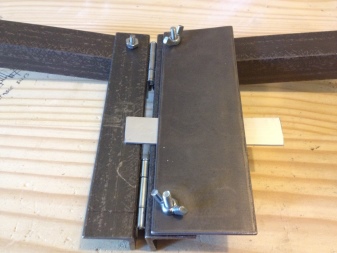
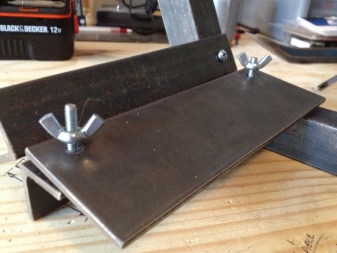
The sheet bending machine is not suitable for bending workpieces, which are then used in artistic forging - its knife is not designed for figured cutting of steel workpieces from 2 mm. The bending knife basically cuts only straight. Use specialized metalworking machines of a different level that solve this problem.
Use gloves, goggles, and protective clothing when working with power tools, including power tool benders. This will reduce the likelihood of injury from careless driving. The worker's ammunition should not cling to the device itself during work.
Conclusion
If the manufacture of a manual bending machine turned out to be beyond your strength and knowledge, you should use a ready-made device. It costs about 60 thousand rubles. But this method is good only for those who do not want to miss out on profits by putting bending work on stream.
How to make a do-it-yourself bending machine - see below.













The comment was sent successfully.